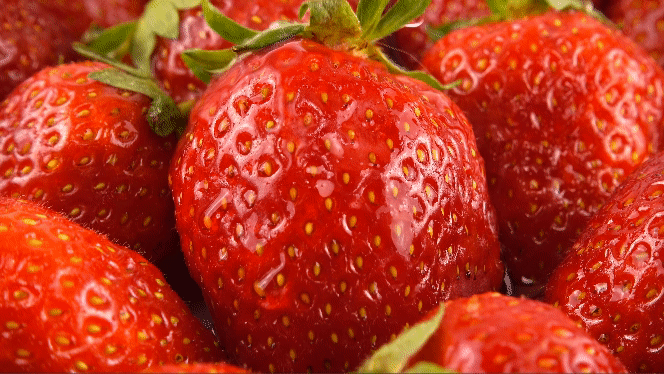For the first time, scientists have witnessed the exact moment healthy brain proteins irreversibly descend into the tangle of tau that may be associated with Alzheimer’s disease.
Tau is a key neuroprotein. In a well functioning brain, tau folds into a protective layer over the microtubules, stringy filaments that help give brain cells (neurons) their shape and structure. But when tau is flooded with phosphates–a process known as hyperphosphorylation–it forms clumps and tangles that interrupt brain function and eventually kill off neurons, a process long considered to be the cause of Alzheimer’s and other types of dementia.
Researchers at UC Santa Barbara studied a small piece of the tau protein, called K18, with new laboratory methods that gave them the ability to control and follow what happens to neurons in real time. By shooting a small jolt of electricity through the cells, they were able to mimic the natural signals that trigger the protein to fold and assemble. This enabled them to jump start both the protein formation seen in normal, healthy brains, and the runaway processes seen in abnormal, diseased brains.
Brain Atrophy in First-Episode Psychosis
Amyloid Burden and Depressive Symptom Trajectories
Obsessive-Compulsive Disorder and Dementia Risk
Even an electrochemical zap as short as 15 minutes caused the K18 to bunch up, though the scientists were able to get the proteins to untangle after brief exposures by reversing the voltage. But when they ran the current through the proteins for longer periods of time lasting hours or days, the knotting became irreversible. This suggests that tau tangling is a progressive rather than an all-at-once phenomenon, the researchers wrote. It could also help explain the gradual onset of symptoms in Alzheimer’s and other dementias, they added.
The scientists still aren’t clear as to why tau proteins flip from benign to toxic, but this lab experiment is the first time they’ve been able to observe the tipping point in neurons from a healthy to disease state. It could perhaps explain how these structures form, and potentially find ways to stop them from forming, they said, adding that their techniques could be used to study disease progression in general.
“The method should be widely useful to identify molecules and conditions that direct different trajectories of assembly in a number of different but related amyloid diseases,” stated Eloise Masqulier, lead author of the interdisciplinary team of students, researchers and faculty from molecular biology, chemistry and engineering.
However, K18 is only one of numerous other forms of tau that might play a role in Alzheimer’s disease, the authors wrote. Plus there is a growing skepticism among neuroscientists about whether tau tangles cause problems in the first place. Some evidence suggests they might, in fact, offer some neuroprotection.
Watching tau tangle as it happens could help settle these arguments and clarify the protein’s role in brain degeneration, the researchers said. They also think their novel techniques could one day lead to more effective diagnostics and treatments for the more than one billion people diagnosed worldwide with a neurodegenerative condition.
“This method provides scientists a new means to trigger and simultaneously observe the dynamic changes in the protein as it transitions from good to bad,” explained biochemist Daniel Morse from UCSB. “Because we can turn on and fine-tune the process at will, we can use this system to see what molecules could interdict or block specific stages of folding and assembly.”




